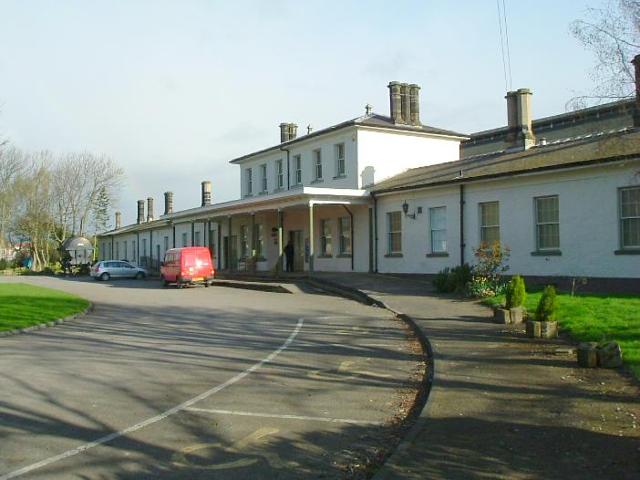When the National Railway Museum in York started to run out of space, they began to look for places where they might open an ‘out-station’. They chose the redundant wagon-works at Shildon, near Darlington, where they opened their modern museum, Locomotion.
Shildon was already home to the Timothy Hackworth Collection, and this has been incorporated into Locomotion.
Timothy Hackworth was a railway pioneer, a contemporary of, and a friend, later to turn bitter rival of George Stephenson. It’s said that the rivalry began when Hackworth’s locomotive, Sans Pareil, failed to win the prestigious Rainhill Trials, owing to failure of Stephenson-supplied parts. As most railway historians know, the event was won by George Stephenson’s Rocket.
‘See that bridge over there’ said a museum employee, pointing out of the window ‘The centre span of that was the first railway bridge in the world!’
There’s a lot of ‘first in the worlds’ at Shildon, for it was here that Stephenson’s Locomotion first touched rails, having been brought down from Stephenson’s Newcastle factory, and assembled here. From Shildon, it went on to Darlington, to pick up the world’s first fare-paying passengers on a steam-hauled railway, to take them to Stockton, on the River Tees.
Contrary to popular belief, Stephenson didn’t ‘invent’ the railway. Horse and man-hauled wagonways had been in use in mines since mediaeval times. A ‘Dandy’, or horse-drawn railway had been carrying fare-paying passengers in South Wales for many years, and, in Cornwall, Richard Trevithick had been working mine railways with his own steam locomotives.
Stephenson just brought these concepts together.
We can follow the trail of Locomotion almost exactly by boarding a train at Shildon station to Darlington North Road. This is where Stephenson’s passengers boarded his train for the historic ride to Stockton … in spite of the fact that some people believed that the speed of the train (25 mph!) would suffocate all on board.
These days, Darlington North Road is just an unmanned halt on a branch line from Darlington Bank Top (the main station) to Bishop Auckland. But, it was once much more important, for that line, in its heyday, continued over the Pennines into Cumberland, to join the West Coast Line.
You can see memories of those days in the old station buildings, which now house the Darlington Railway Centre and Museum. Here, you can see memorabilia from the north-east’s railways over the years, pride of place going to an exhibition devoted to George Stephenson … and Stephenson’s original Locomotion!
The line to Stockton on Tees pretty well follows the route of that famous train journey, and at Stockton, we can visit an attraction devoted to another famous inhabitant of the area … James Cook.
Cook was born on Tees-side, at Marton. Nowadays, it’s a park in a suburb of Middlesbrough, but it houses the Captain Cook Birthplace Museum, which stand over where the farm labourer’s cottage in which he was born once stood.
After a short while, the Cook family moved to Great Ayton. The cottage in which they lived stands in Fitzroy Park, Melbourne; it was taken away stone by stone some years ago. But, the Captain Cook Schoolroom Museum is nearby.
At Stockton, there’s Cook’s first ship, the Endeavour! Not the original, of course … that’s believed to be at the bottom of Nantucket Sound. And, not the sea-going replica built in Fremantle, Australia. That’s usually to be found in southern waters. This is a steel-built, almost faithful replica … they had to omit a deck for health and safety reasons, and the gents’ toilet is in the ‘First Lieutenant’s cabin’.
It does, though, purport to give a good idea of what it might have been like on board during its voyage of exploration and we’re conducted round by the ‘voice’ … not of Cook, but of Robert Molyneaux, the Sailing Master. Cook himself … or rather, his waxwork … sits in solitary splendour in the Great Cabin. But, in reality, he had to share it with several ‘scientific gentlemen’ … and their specimens
Update:
The ‘Endeavour’ replica is no longer at Stockton. It was towed to Whitby, where it remains in public display. And, on my last visit, ‘Locomotion’ was no longer at Darlington; I’m trying to find out whether it’s just been temporarily moved, or has found a permanent home elsewhere.





Thanks for the history! Looks interesting
By: ETB Travel Photography on June 3, 2021
at 5:50 pm
So interesting!
By: Landious Travel on June 21, 2021
at 10:55 pm